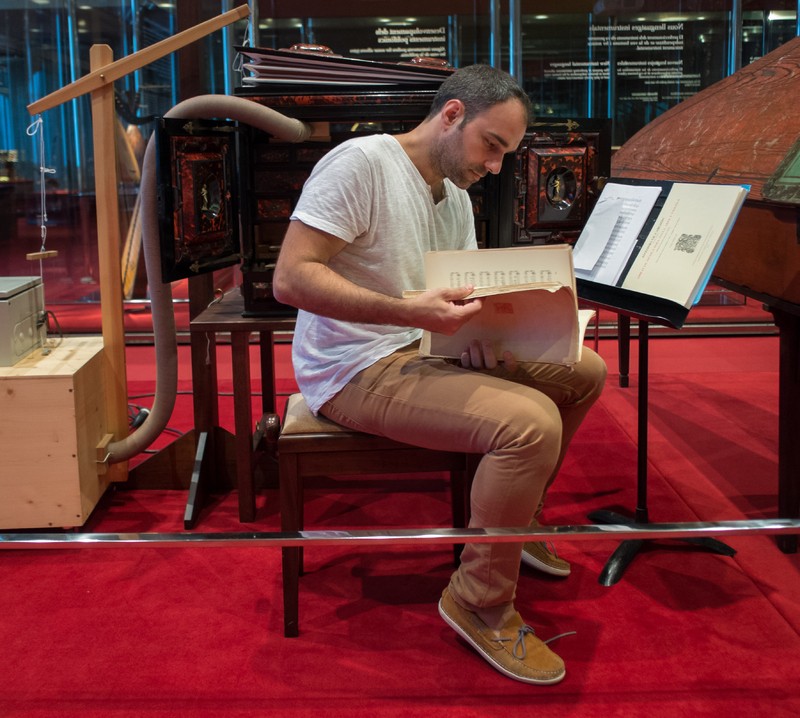
News
Reliving Cabezón, part one. Before
We were driving from Murcia to Cuenca just a week after recording the CD Bach at the monastery of Poblet. We’d had such a good time that, half jokingly, we started thinking about the next CD. When I asked Juan de la Rubia what music he’d like to record, the answer came loud and clear: Antonio de Cabezón. He discovered him when he was 11 years old and, along with Bach, he was one of his great crazes.
With that decided, it was time to look for the right instrument. Eagerly, we rang the organist Oscar Laguna, who is from Burgos, like Cabezón, to hear his ideas. Things went slowly. It wasn’t easy, bearing in mind that the Spanish Civil War left the country almost devoid of any historic organ, especially from the 16th century. Perhaps we should make a search of museums? Museum? Did someone say museum? Why hadn’t we thought of it earlier? The Museu de la Música in Barcelona. What organs did they have? The Pérez Molero? The Hauslaib? Yes, of course... the Hauslaib. It was obvious! It was recently restored and it’s the only working claviorgan in the world. Even better; although it’s a bit later than Cabezón, it dates from 1590 and belonged to Baltasar de Zúñiga, a big name in the Spanish Court who became Chief Minister under Philip V during the decades when Hernando, Cabezón’s son, also worked at the Court.
So we were talking about recording works by Antonio de Cabezón, the great musician of the early Spanish Golden Age, on a court instrument that probably passed through Hernando’s hands. What’s more, it was built in Nuremberg for one of the big names in the Spanish Court, the emissary who came to Spain with news of the defeat of the Spanish Armada and whose intrigues secured a position for his nephew, the Count-Duke of Olivares, as a key figure in the country’s government... What a lot of history in just one instrument!
It was 20 November 2015. The next day we were already on the phone to the Director of the Museu de la Música, Jaume Ayats. And that’s how we ended up nine months later, shut away in the Alícia de Larrocha room at the Auditorium for three nights recording the CD with courtly music by Cabezón that Juan de la Rubia presented in concert on 31 May. What went on during those late nights I shall explain another day.
(Translated by Andrew Langdon-Davies and Stephen B. Clayton)

